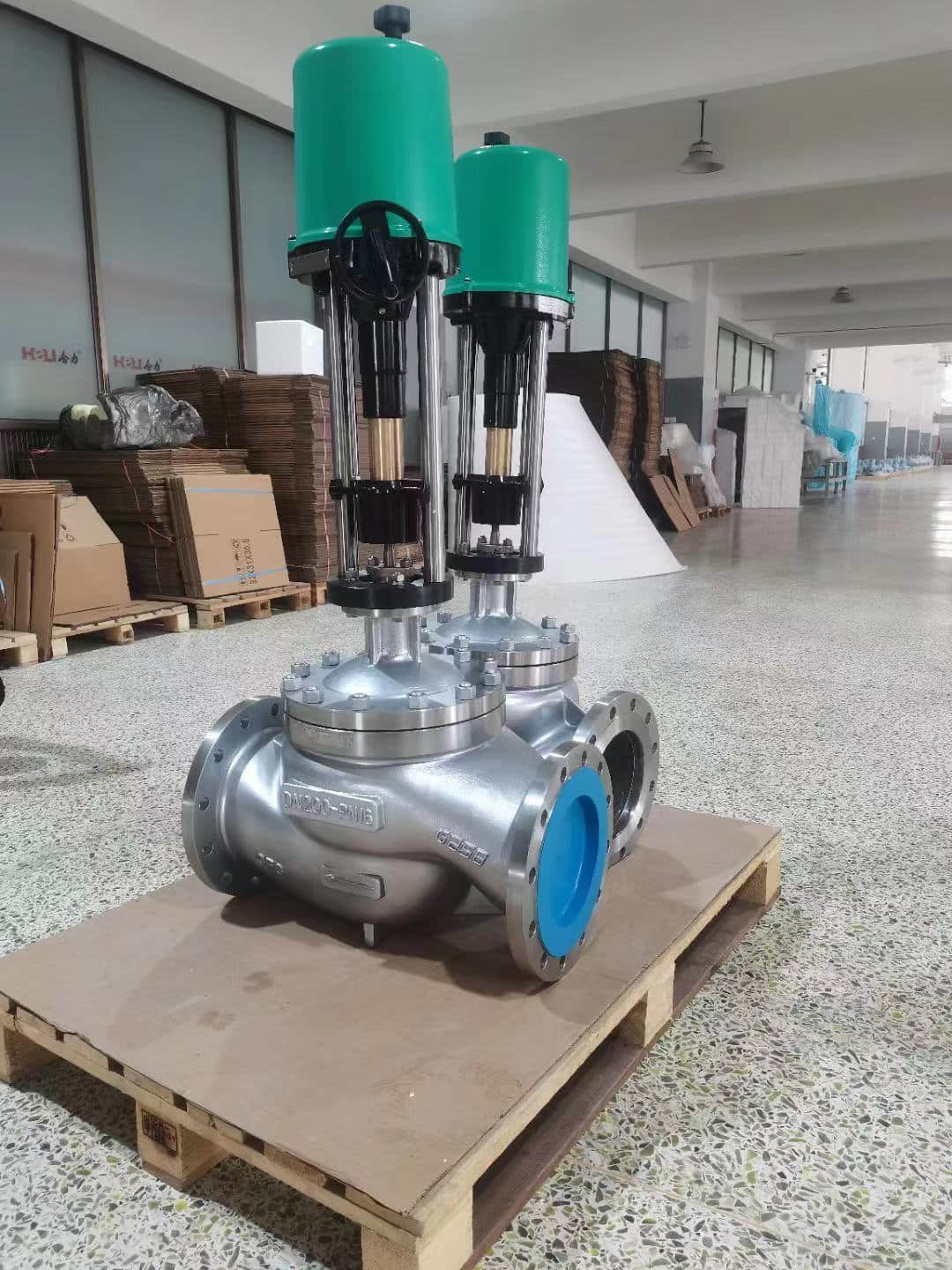understanding electric single seat regulating valve: applications and benefits
Release time:2024-12-16 00:59:24
Electric single seat regulating valves are essential components in various industrial applications, particularly in the fields of chemical processing, water treatment, and HVAC systems. These valves control the flow of fluids through pipelines, maintaining the desired pressure and flow rates with precision. In this article, we will explore the structure, functionality, applications, and benefits of electric single seat regulating valves.

Structure and Functionality An electric single seat regulating valve consists of several key components, including the valve body, the seat, the disk, the actuator, and the control system. The valve body is typically made of durable materials such as stainless steel or brass to withstand high pressures and corrosive environments. The single seat design means that the flow path is streamlined, allowing for efficient fluid movement and minimizing pressure loss.
The disk is the part of the valve that opens or closes to regulate fluid flow. In an electric single seat valve, an electric actuator is used to control the position of the disk. This actuator receives signals from a control system, which can be manual or automated. The control system determines how much the valve should open or close based on process requirements, ensuring that the flow rate or pressure remains within designated limits.

